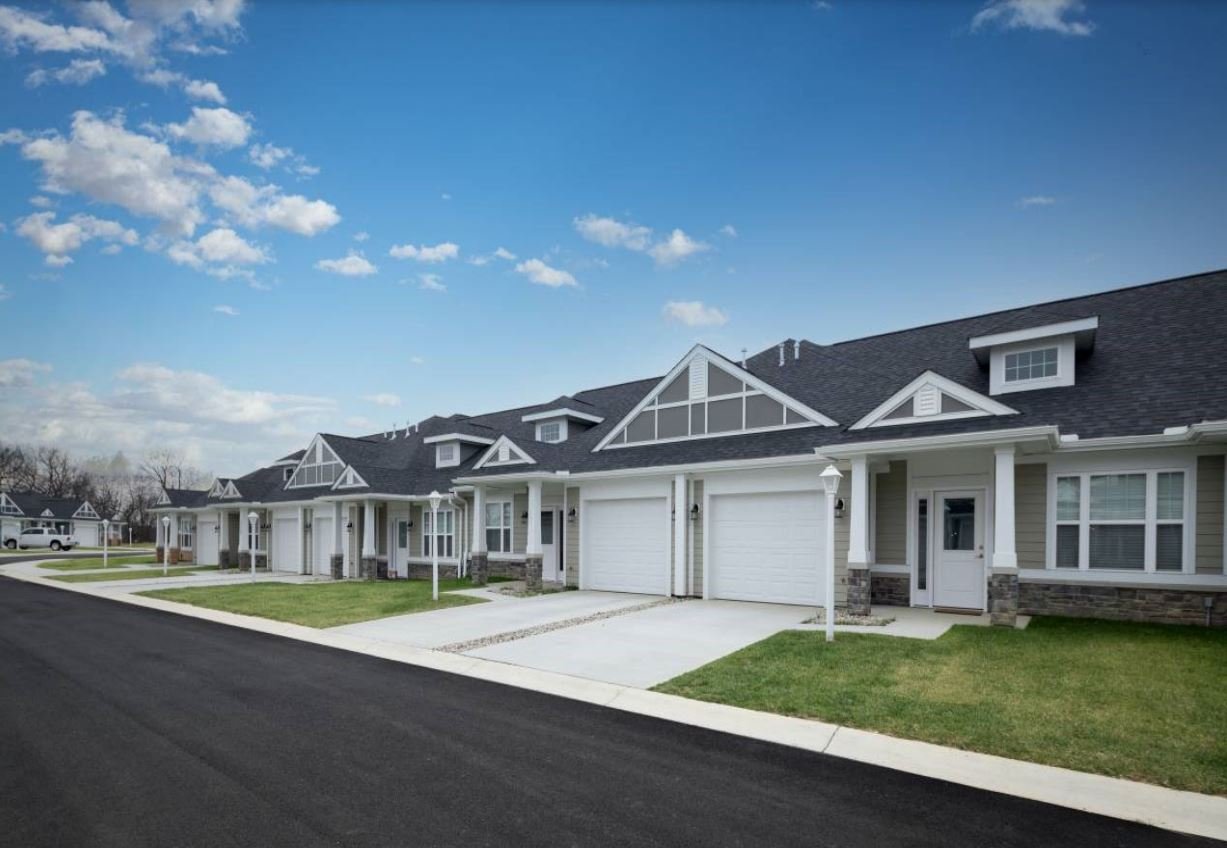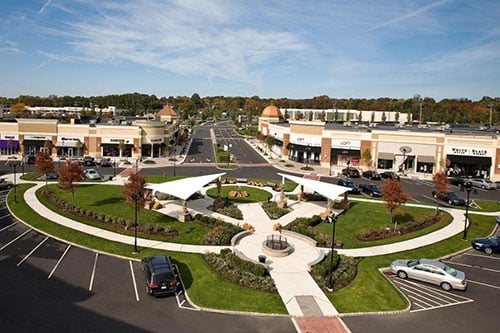 Michael Blank, CEO Nighthawk Equity
Michael Blank, CEO Nighthawk Equity
NEW YORK CITY—Although average stock market returns over 15-year periods can look quite high, Michael Blank, the author of “Financial Freedom with Real Estate Investing” (published in 2018 by CreateSpace Independent Publishing Platform) and host of the Apartment Building Investing podcast, points out an investor's actual returns could be much lower due to stock market volatility from year to year.
Plus, Blank reminds investors that expenses for managed mutual funds are between .5% and 1.0% and can even go as high as 2.5%. He also points to capital gains taxes and inflation.
By contrast, Blank highlight benefits of less risk and volatility, above average returns, lower taxes and a hedge against inflation, which come with investing in certain classes of real estate.
“Specifically, multifamily real estate, mobile homes, self-storage and light industrial are very resilient,” Blank tells GlobeSt.com. However, he cautions this can be market specific. He states that his real estate investment company, Nighthawk Equity, prefers to stay away from the cyclical markets, ones with high run-ups and potential crashes. He includes New York, San Francisco and other cities on the coasts in this class.
Nighthawk Equity is focusing investments in the Sunbelt (such as AL, TN and TX) and the Midwest (including Cincinnati and Columbus, OH, Kansas City and Oklahoma City). His group looks to cities where there is a minimum density, plus activity. “Those are markets that are relatively stable, that during 2005, 2006 and 2007, didn't really run up that much but didn't crash either.”
A recent Yardi-Matrix report notes the average US multifamily rents increased in Q2 2019 by $12 to reach $1,465. Plus, average rents grew by 2% in Q2 2019.
Within the multifamily asset group, Blank says it's important to note there are different risks. “There's Class A, the luxury multifamily, which I view as a higher risk because when times are tough people flee from Class A and go into something more affordable,” he says. He characterizes Class B multifamily as property that's a little older built in the early 2000s and the late 90s. The older stock from the 70s and 80s will be much more affordable, Blank notes.
“You can't build Class B. It costs too much. There's a huge growing demand for affordable housing and you can't build it,” comments Blank. “So, this has kept the demand very high for Class B, Class C multifamily.”
He warns it's difficult to buy in cities like New York and San Francisco and generate income. Investors in those markets generally have a longer-term horizon and are counting on appreciation, he opines.
Blank emphasizes the benefits of what he calls solid real estate investments. He explains that multifamily investors in filing taxes can write off 3.6% of the value of the building each year as a depreciation expense. Plus, he adds the business deduction of “bonus depreciation” provides multifamily investments with another tax bonus.
Finally, the investor and advisor explains that with inflation, the net operating income of a property rises. “The more inflation goes up, the more the apartment building appreciates.” This explains the commonly heard phrase that real estate provides a hedge against inflation.
© Touchpoint Markets, All Rights Reserved. Request academic re-use from www.copyright.com. All other uses, submit a request to [email protected]. For more inforrmation visit Asset & Logo Licensing.







